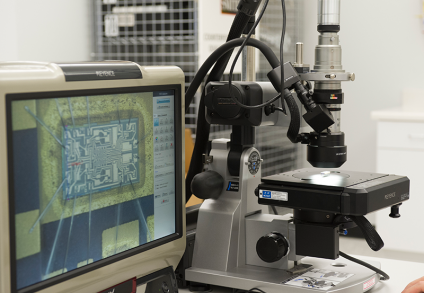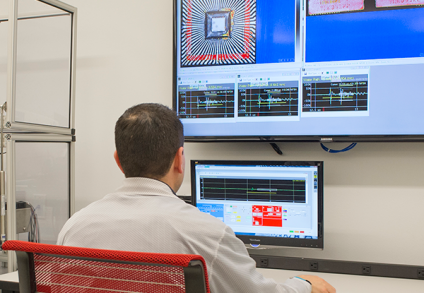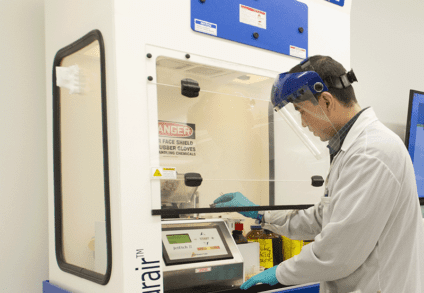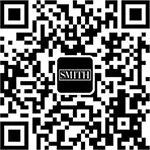Argus™
Leveraging proprietary AI software, Smith’s internally developed visual-inspection solution captures, stores, and analyzes high-resolution images of the surface of every component packaged in a reel to identify anomalies and flag parts requiring further evaluation.




